Wildlife photographer Chris Schmid recently travelled to Norway’s Dovrefjell-Sunndalsfjella National Park—which contains some of the most punishing-yet-beautiful landscapes on Earth—to shoot an ambitious documentary photography and filmmaking project. His goal was to capture the mammoth-like musk ox in their natural arctic habitat, and the result is the short film The Frozen Warriors.
Using RED cameras for video, DJI drones for aerial shots, and the Sony a9 and a7R III for stills photography, Schmid sought to capture footage that would foster some sort of connection between his audience and the musk oxen, whose already dwindling numbers are increasingly threatened by climate change. This, despite being one of the most resilient animals on Earth, having survived the last ice age without breaking a sweat.
As Chris explains:
What fascinates me about the musk ox is the strength it has to adapt to the most hostile of environments. In the winter, they feed on roots, mosses and lichens buried under the snow and spend over four months without sunshine, in total darkness, surviving in temperatures reaching as low as -60°C
Check out the film at the top of this post and scroll through Schmid’s photographs from the project below to get to know these Frozen Warriors for yourself. And if you want to learn more about the project (and help raise awareness), visit (and share) the Frozen Warriors project page here.
$ (document).ready(function() { SampleGalleryV2({“containerId”:”embeddedSampleGallery_3466407533″,”galleryId”:”3466407533″,”isEmbeddedWidget”:true,”selectedImageIndex”:0,”isMobile”:false}) });
Articles: Digital Photography Review (dpreview.com)
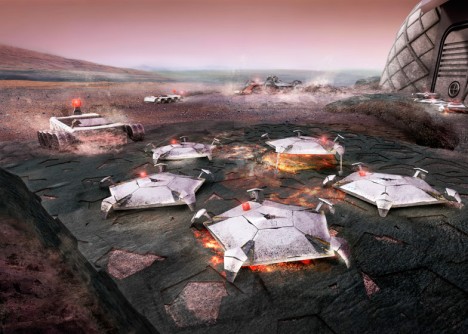


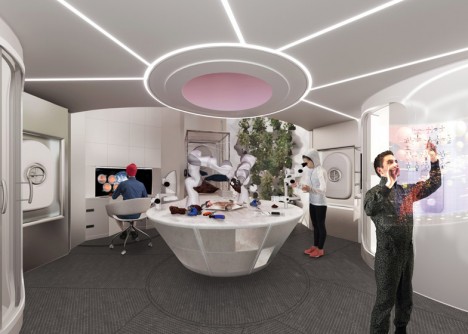
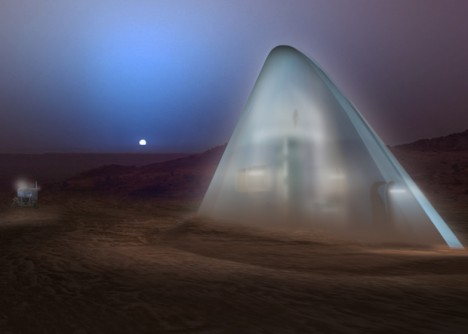
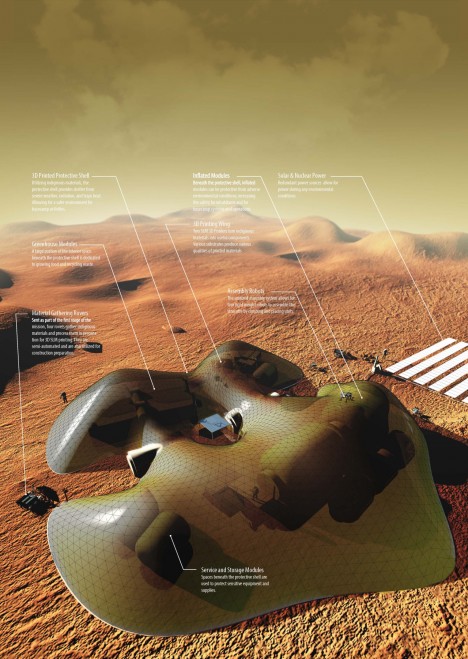
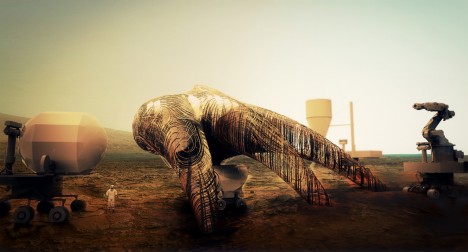
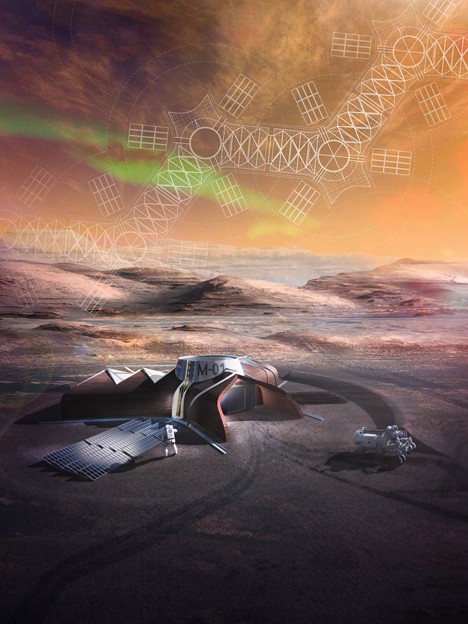

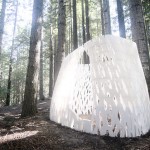
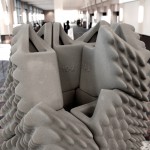




You must be logged in to post a comment.